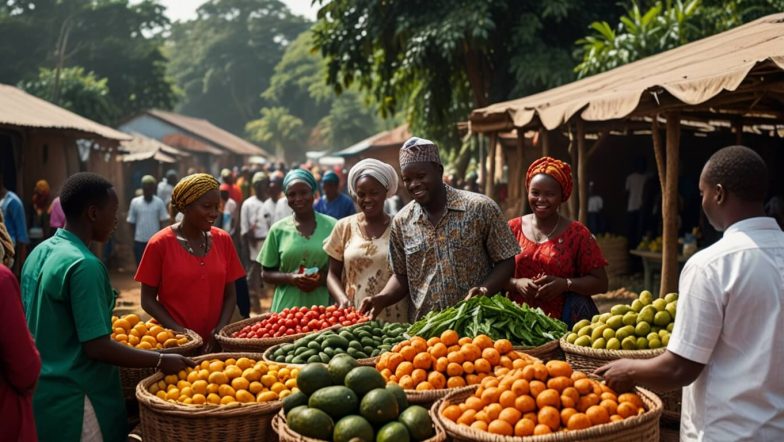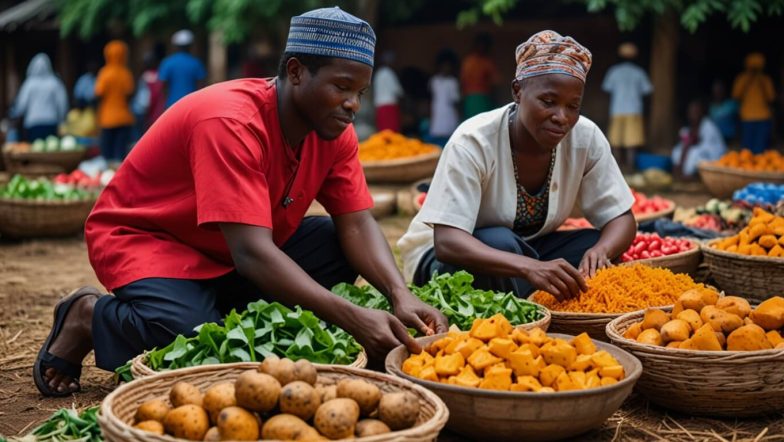Hunger remains one of the most pressing challenges in Sub-Saharan Africa, with millions facing food insecurity daily. This alarming statistic underscores the urgent need for innovative solutions to address the root causes of hunger and malnutrition.
Innovative food solutions are emerging as pivotal tools in addressing this challenge, offering sustainable pathways to nourish communities and foster resilience.
Sub-Saharan Africa faces a complex web of challenges that contribute to food insecurity. Climate change, population growth, conflict, and economic instability have all exacerbated the region’s vulnerability to hunger. Malnutrition, particularly among children, has far-reaching consequences, stunting growth, impairing cognitive development, and perpetuating cycles of poverty.
Traditional approaches to addressing hunger, such as food aid and subsidies, while valuable, are often insufficient to create long-term solutions. What is needed is a paradigm shift—one that leverages innovation, technology, and sustainable practices to build resilient food systems.
The Role of Innovative Food Solutions
Innovative food solutions offer a promising pathway to addressing hunger and malnutrition in Sub-Saharan Africa. By focusing on the production of quality, natural,and affordable food, they not only meet immediate nutritional needs but also promote long-term health and well-being.
Technology also plays a critical role in scaling innovative food solutions. From precision agriculture to mobile-based supply chain management, technological advancements are enabling companies to optimize production, reduce waste, and reach underserved communities. For instance, the use of solar-powered processing units allows companies to operate in remote areas without reliable access to electricity, ensuring that nutritious food is available even in the most marginalized regions.
Additionally, digital platforms are being used to educate consumers about the importance of nutrition and healthy eating. PachaMama Foods, for example, has launched online campaigns and partnerships with local health organizations to raise awareness about the benefits of their products. This not only drives demand for healthier food options but also empowers communities to make informed dietary choices.
Collaboration for Greater Impact
No single entity can tackle hunger alone. Collaboration between businesses, governments, NGOs, and international organizations is essential to creating sustainable food systems. Policy support that encourages innovation, provides funding for agricultural research, and facilitates access to markets is essential. Public-private partnerships can drive the development and dissemination of new technologies, ensuring they reach the communities most in need.
Conclusion
While significant progress has been made, much work remains to be done. Innovative food solutions are instrumental in tackling hunger in Sub-Saharan Africa. By leveraging technology, fostering collaboration, and prioritizing sustainability, the region can make significant strides toward achieving food security.
However, sustained success will require continued investment in research and development, infrastructure, and capacity-building. Governments must create enabling environments through supportive policies and incentives, while the private sector must prioritize sustainability and social impact alongside profitability.






